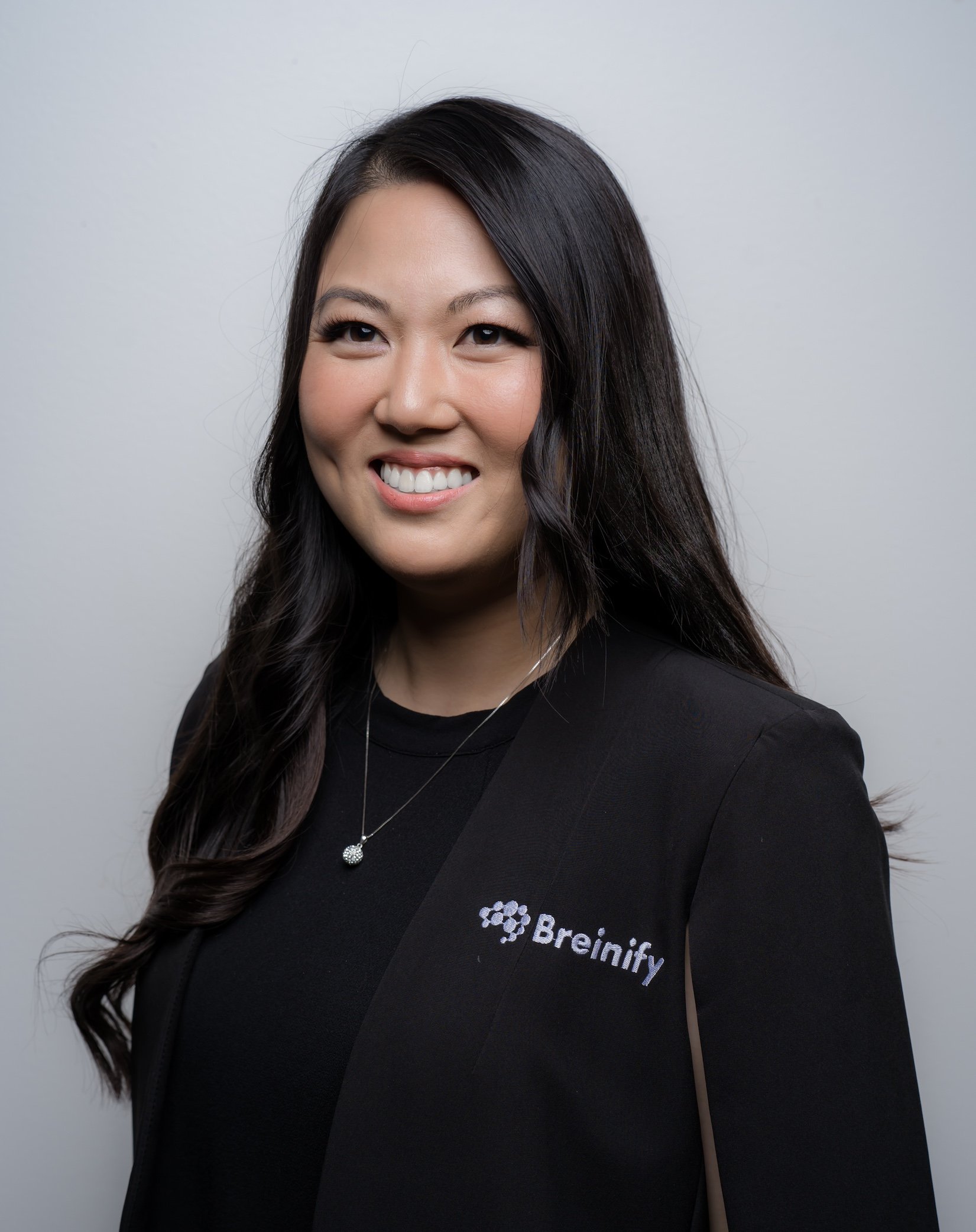5 Consumer Trends Every Digital Marketer Needs to Know for 2023
Article • December 20, 2022 • Written by: Diane Keng

2022 was a year of healing and renewal. Coming off of a global pandemic, people were eager this year to return to a sense of normalcy. Consumers embraced the new normal by shopping online and converting on mobile. On Black Friday this year, e-commerce accounted for $40 billion in sales worldwide, and 48% of online purchases on Black Friday were completed on mobile. This represents an increase from the year before, despite the impending economic recession.
The emerging trends in consumer behavior suggest that people believe the worst of the pandemic is behind us, but 72% of folks believe that issues like climate change, social movements, and inflation are impacting their lives more than usual. Besides a cautious sense of hope for the future, here are the consumer trends you’ll want to keep in mind in 2023.
What are the upcoming consumer trends of 2023?
Trend #1: The Paradox of Consumer Spending.
Inflation is at an all-time high and the economic landscape is trending downwards—and yet, online spending on Black Friday hit a record $9.12 billion this year. The top spending category was fitness, as consumers opted to invest in treadmills, smart watches, and other gear to jumpstart their healthy New Year’s Resolutions.
According to a survey by Accenture, 87% of surveyed consumers intend to maintain or increase their spending on groceries in the new year—despite the fact that 66% of respondents also said they feel squeezed financially. As the cost-of-living peaks, people are not looking to compromise on their favorite household items. 69% of consumers globally who admit to behaving inconsistently believe that paradoxical behaviors are both human and acceptable.
The data tells a clear story: consumers are three-dimensional. Brands will need to understand the paradoxes of human behavior and cater to the complexities of each individual consumer. This emerging consumer trend hasn’t been present in the past few years, where spending has been directly tied to the global pandemic. In the new year, collecting and acting on real-time consumer behavior data will become increasingly important.
Trend #2: The Attention Economy is very competitive
In recent years, social media has emerged as THE place to reach your intended audience, be it through influencer posts, targeted ads, or an integrated online store. But 23% of people across the world say they are using social media less than before, and 17% of people say that social media causes them anxiety.
Globally, there has also been a plateau in the amount of time people spend online. It spiked during the pandemic at 6 hours and 56 minutes a day, but has now gone back to pre-COVID levels at 6:43 a day (GWI). A meager difference, but indicative of a larger trend: consumers want to spend less time online and their attention is limited.
A plateau in time online means that there is less time to attract and retain a customer’s attention. How do digital marketers make sure they are reaching their intended audiences? By following the tried and true mantra of meeting customers where they are. And in 2023, that’ll be everywhere all at once.
Trend #3: Omnichannel experiences will give brands an edge over their static counterparts
The customer journey is getting more complex so brands will have to get comfortable reaching their consumers on multiple channels. In e-commerce and retail, the marketing ROI speaks for itself: omnichannel campaigns that use three or more channels increase the purchase rate by 494% compared to single-channel campaigns (Shopify).
If that revenue bump isn’t enticing enough, 32% of consumers say they are willing to engage in experiential retail. This emerging consumer trend isn’t going anywhere, and brands with brick-and-mortar locations will have to step up if they want to stand out against their exclusively digital competitors.
Omnichannel experiences are on the rise, and the brand is no longer a two-dimensional entity. Providing seamless transitions and consistency between online and offline will be important for brands. Having a consistent presence across channels garners trust and appeals to consumers in a way they will remember.
It’s important for brands to understand what role each channel plays in the customer journey. Data will inform how interaction with each channel influences the decision to buy. How do marketers optimize their efforts across channels to maximize ROI? The next consumer trend crosses into a new frontier: machine learning and artificial intelligence.
Trend #4: AI-based personalization will change the way we shop online.
Whether your company is investing in natural language processing to provide customized calls-to-action, or machine learning to recommend the perfect next buy, AI is changing the way we create memorable experiences for our customers. 50% of consumers say that personalization has influenced their decision to purchase a product over the past year. Gone are the days of slapping a customer’s name at the front of your email communication. Today’s consumers want to feel known by a brand that not only solves a pain point, but also fits seamlessly into their story by meeting their needs promptly and subtly.
Understanding consumer behavior allows marketers to customize experiences and create personalized journeys that respond to (and thrive because of) the complexity of the individual customer. How do we capture that complexity? At Breinify, the answer is always data.
Trend #5: Zero-party data will emerge as a new way to engage customers.
If the death of third-party data is any indication, it has become clear in recent years that consumers want personalization AND data privacy: another paradox that complicates the job of a digital marketer. 44% of consumers say they’re OK with brands they like using their personal information to deliver relevant content and offers. How do brands gather this information without crossing the line or breaking the law? The answer is zero-party data.
Many brands and apps offer quizzes to get people started on the right product or subscription for their needs. Whether it’s a color match quiz for the right shade of foundation, or an app with a personalized fitness plan, the ways to collect zero-party data will proliferate in the new year and put people in charge of their data.
In the new year, brands will continue to capture and act on first-party data (purchase history, social media engagement, app data, etc.) as well. Learning about your customer first hand is more reliable and ethical than third-party data, and building direct relationships with your audience is the primary factor in customer retention and advocacy.
These consumer trends for 2023 will shape the way we interact with consumers and provide an opportunity to improve our relationships with them while growing our business. While the downturn in the attention economy may put a squeeze on digital efforts, it will only cause brands to innovate in amazing ways. And the upcoming recession will make or break brands as they learn to cater to three-dimensional consumer needs.

